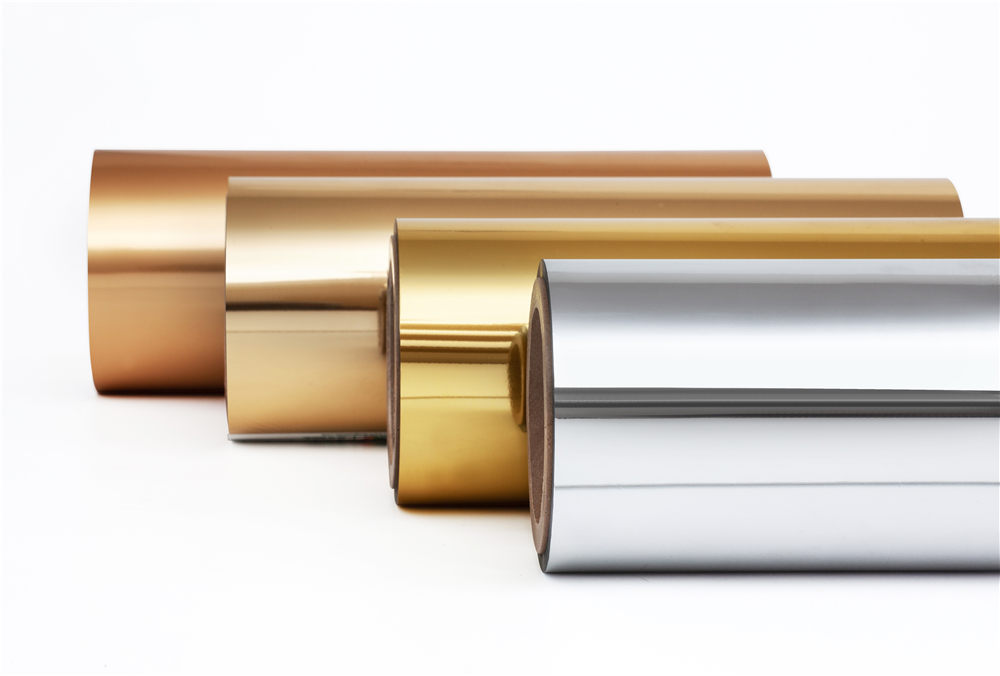Can Cold Foil Be Used on Rough or Uneven Surfaces?

Cold foil, also known as cold foil stamping, is a printing technique that uses a special adhesive to transfer foil onto a substrate (such as paper, cardboard, or plastic) with the help of a printing plate. While it is generally well-suited for flat and smooth surfaces, it can be challenging to use on rough or uneven surfaces.
Here are some considerations:
Surface Smoothness
Cold foil works best on flat and smooth surfaces. Rough or uneven surfaces can hinder the transfer of the foil and result in incomplete or uneven foil coverage. The foil may not adhere properly to irregular surfaces.
Printing Plate Precision
The printing plate used in cold foil stamping needs to make direct contact with the substrate. On rough or uneven surfaces, achieving precise contact can be challenging, which may affect the quality of foil transfer.
Substrate Preparation
When attempting cold foil stamping on rough or uneven surfaces, it's crucial to prepare the substrate appropriately. This may involve surface treatments or coatings to improve adhesion and ensure a smoother printing surface. Some substrates may benefit from primers or pre-coating to create a more receptive surface for the foil and adhesive.
Specialized Adhesives
For challenging surfaces, you may need to opt for specialized adhesives that are formulated to adhere to rough or porous materials. These adhesives can help improve the foil transfer on surfaces that would otherwise be difficult to work with.
Printing Pressure and Settings
Adjusting the printing press settings is essential when working with uneven surfaces. Increased pressure, dwell time, or temperature settings may be necessary to achieve better foil adhesion and coverage. However, it's essential to strike a balance, as excessive pressure can damage both the substrate and the printing plate.
Foil Selection
The type of foil you choose also plays a significant role. Some foil formulations are more forgiving and can adhere better to challenging surfaces. Consult with your foil supplier to determine which foil types are best suited for your specific application.
Testing and Prototyping
Before running a full production job on a rough or uneven substrate, it's advisable to conduct thorough testing and prototyping. This allows you to fine-tune the process, identify any potential issues, and make the necessary adjustments to achieve the desired results.
Alternative Printing Methods
In cases where cold foil stamping proves to be impractical or ineffective on rough or uneven surfaces, you may need to explore alternative printing or decorating methods. These alternatives could include screen printing, digital printing, or other specialized techniques that are better suited to challenging substrates.
In situations where you must use cold foil on rough or uneven surfaces, you may need to make adjustments to your printing process, such as increasing pressure, using a specialized adhesive, or selecting a foil specifically designed for difficult substrates. However, it's essential to test and experiment to determine the best approach for your specific application, as success may vary depending on the substrate and other factors. In some cases, alternative printing or decorating methods may be more suitable for achieving the desired results on rough or irregular surfaces.
In summary, while cold foil stamping is most effective on flat and smooth surfaces, it is possible to use this technique on rough or uneven substrates with the right adjustments and considerations. Always consult with experts in cold foil stamping and conduct thorough testing to ensure the best results for your specific application.
